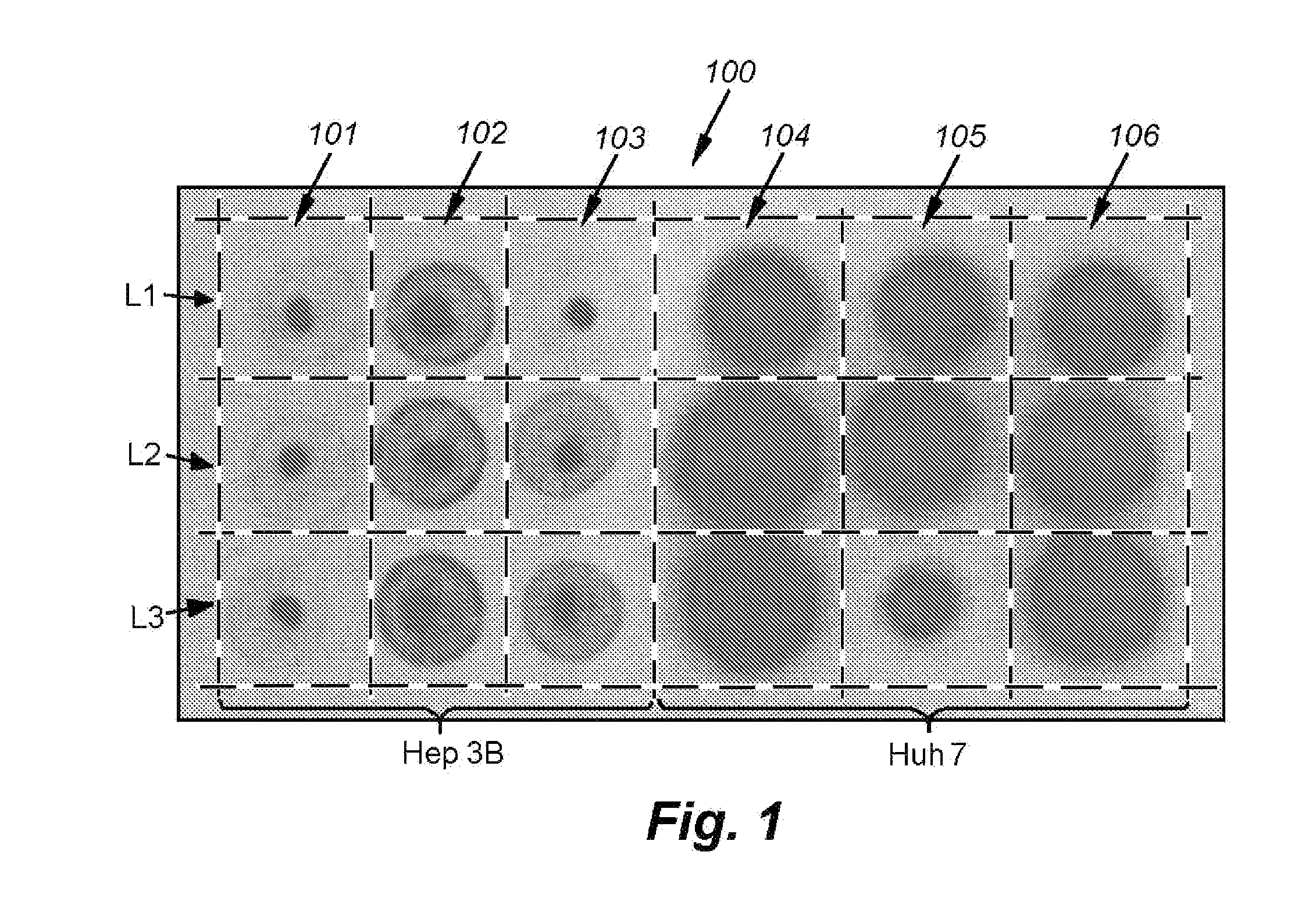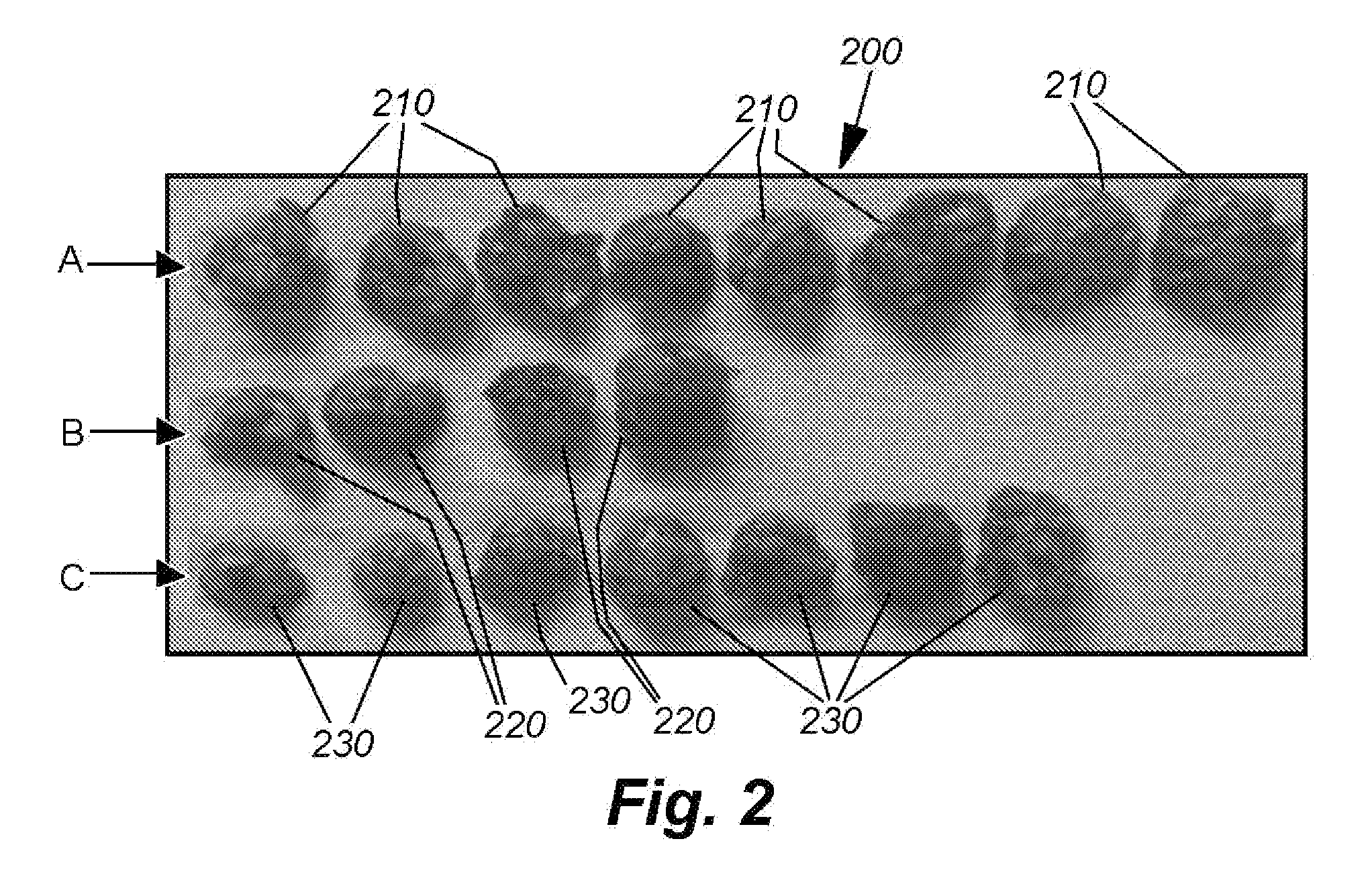Method and compound for treatment of cancer using phosphorous-32 labeled DNA
- Summary
- Abstract
- Description
- Claims
- Application Information
AI Technical Summary
Benefits of technology
Problems solved by technology
Method used
Image
Examples
Embodiment Construction
[0026]A compound / agent and associated medical treatment method employing the compound / agent that selectively kills tumor cells using P-32 isotope carried on a DNA fragment is provided herein. Illustratively, the P-32 isotope is bound to a fragment of the alpha-fetoprotein (AFP) gene. In an illustrative embodiment, the term “fragment” is defined to include a sequence of contiguous base pairs (bp) ranging between approximately 10 bp to 2032 bp (the full length of the gene). The bonding of P-32 isotope is accomplished using conventional labeling techniques. The DNA fragment that is produced is employed as a carrier for P-32 isotope into cancer cells, so as to kill them through radiation emitted from the P-32 once the fragment is absorbed by the cell and bound to the cell's DNA.
[0027]I. Production of the Compound / Agent
[0028]The compound / agent can be generated for use by conventional processes using a predetermined fragment of plurality of different fragments of the AFP gene. The sequenc...
PUM
| Property | Measurement | Unit |
|---|---|---|
| Volume | aaaaa | aaaaa |
| Molar density | aaaaa | aaaaa |
| Density | aaaaa | aaaaa |
Abstract
Description
Claims
Application Information
 Login to View More
Login to View More - R&D Engineer
- R&D Manager
- IP Professional
- Industry Leading Data Capabilities
- Powerful AI technology
- Patent DNA Extraction
Browse by: Latest US Patents, China's latest patents, Technical Efficacy Thesaurus, Application Domain, Technology Topic, Popular Technical Reports.
© 2024 PatSnap. All rights reserved.Legal|Privacy policy|Modern Slavery Act Transparency Statement|Sitemap|About US| Contact US: help@patsnap.com










